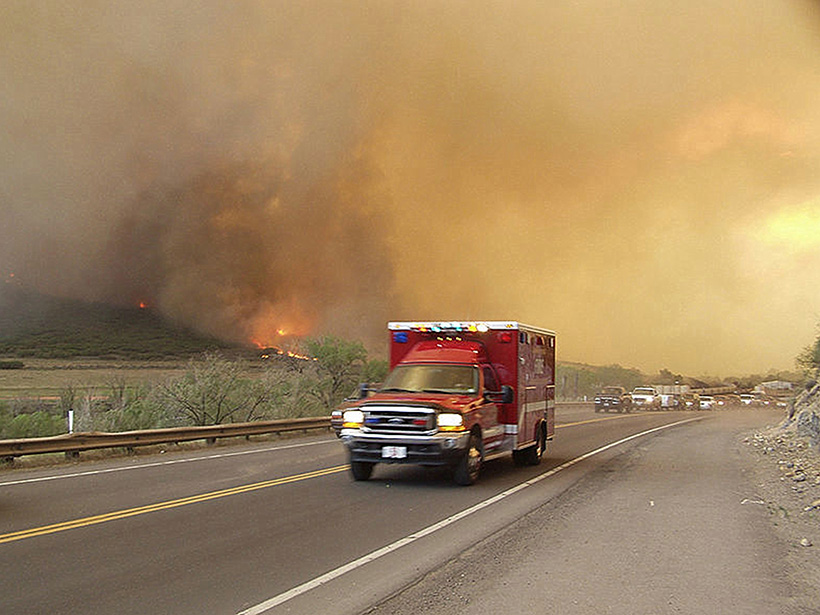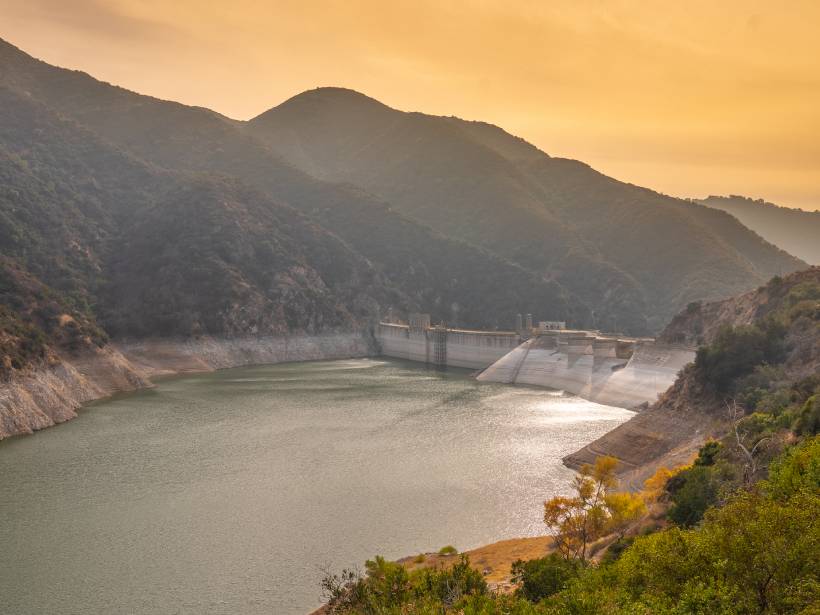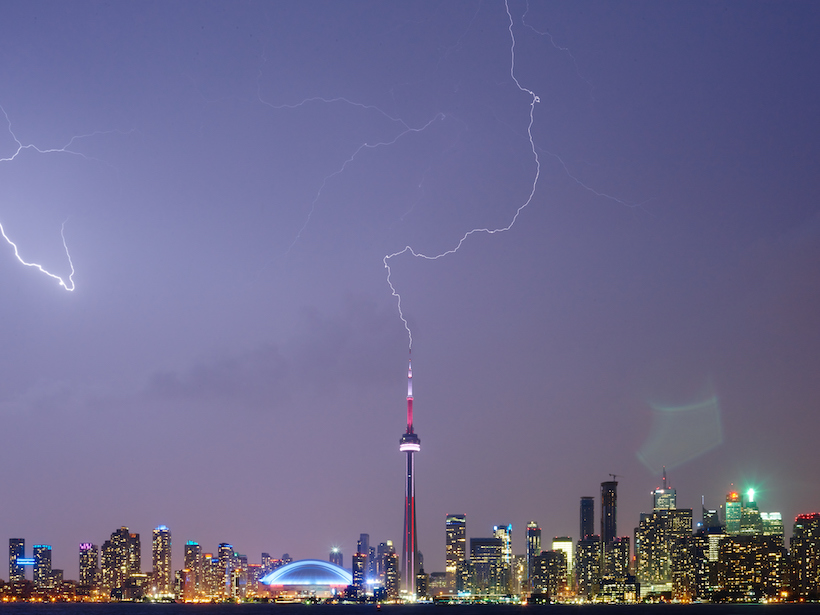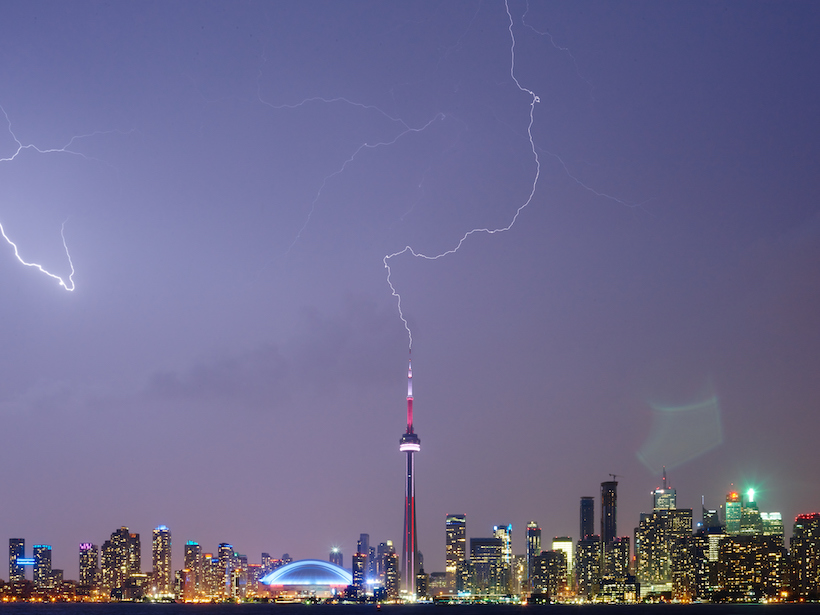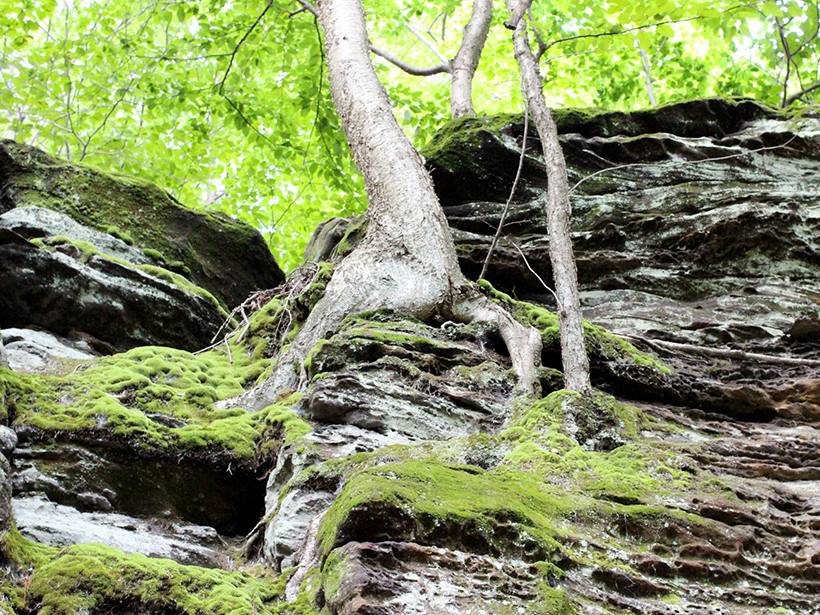How much carbon peatlands may lose—or accumulate—in the future varies from place to place, according to a process-based model.
Elizabeth Thompson
Elizabeth Thompson, née Jacobsen, is a freelance writer living in northern Virginia. She is a former production assistant and staff writer for Eos. Elizabeth graduated from Williams College with a degree in biology and English, and she is working toward a master’s degree in science writing at Johns Hopkins University. She enjoys spending time outdoors and exploring the workings of the world as fully as she can.
How Hospitals Respond to Wildfires
A new study tracks intensive care unit admissions after periods of wildfire smoke pollution. A prolonged or severe smoke event has the potential to strain hospital resources.
A Well-Balanced Ecosystem Uses Water Most Efficiently
Excess of a single nutrient, such as nitrogen, may boost plant productivity, but the imbalance leads to less efficient water use as plants scramble for the nutrients they lack.
South Pole Ice Core Reveals History of Antarctic Sea Ice
Every summer, most of the sea ice near Antarctica melts away, but its saltiness leaves a permanent record that scientists can trace back for millennia.
A Better Way to Understand Drought
New models should consider drought a process, not merely a product, and should factor in the huge variety of causes, effects, and feedbacks that play out in the real world.
Upward Lightning Takes Its Cue from Nearby Lightning Events
Lightning in a thunderstorm changes the electromagnetic field in a way that sparks upward lightning from tall structures.
The Alkalinity Trap at the Bottom of the World
Tiny microorganisms in the Southern Ocean affect the way the rest of the world’s seas respond to carbon dioxide.
Researchers Unearth Bedrock Carbon and Water Dynamics
Deep tree roots bring respiring microbes into broken bedrock, generating carbon that’s released into the environment. New research explores this oft-overlooked carbon source.


